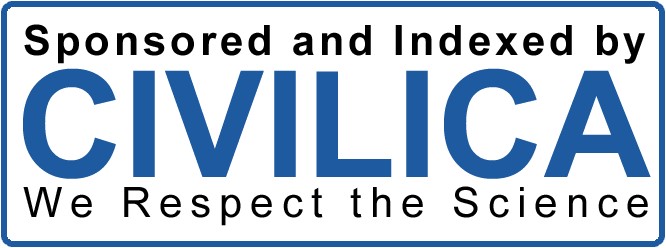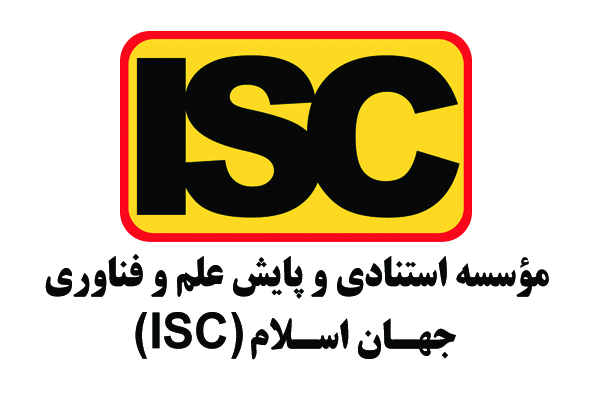Using Augmented and Virtual Reality to Offer Innovative Experiences in Marketing and Sales
Keywords:
Augmented Reality, Virtual Reality, Marketing, Sales, Customer Experience, Customer Satisfaction, Customer LoyaltyAbstract
This study examines the impact of Augmented Reality (AR) and Virtual Reality (VR) technologies on marketing and sales. The aim is to identify and analyze how these technologies are utilized and their effect on customer experience and satisfaction. This qualitative research collected data through semi-structured interviews with 26 participants. Participants were selected from marketing managers, information technology specialists, and user experience designers. Data analysis was performed using qualitative content analysis techniques. The study revealed that the use of AR and VR in marketing and sales could lead to improved customer experiences, increased interaction and product understanding, and enhanced customer satisfaction and loyalty. Four main themes were identified, including "Marketing Strategies with Augmented Reality," "Implementation Technologies," "Impact on Customer Experience," and "Challenges and Opportunities." The use of AR and VR technologies holds significant potential for positive changes in marketing and sales. These technologies provide more meaningful interactions with customers and help companies optimize customer experience and increase their satisfaction and loyalty.
Downloads
References
Alanazi, T. M. (2022). Marketing 5.0: An Empirical Investigation of Its Perceived Effect on Marketing Performance. Marketing
and Management of Innovations. https://doi.org/10.21272/mmi.2022.4-06
Allcoat, D., Hatchard, T. D., Azmat, F., Stansfield, K. E., Watson, D. G., & Mühlenen, A. v. (2021). Education in the Digital
Age: Learning Experience in Virtual and Mixed Realities. Journal of Educational Computing Research.
https://doi.org/10.1177/0735633120985120
Eru, O., Topuz, Y. V., & Cop, R. (2022). Artırılmış Gerçeklik Deneyiminin Sadakat Ve Satın Alma Niyetine Etkisi: Perakende
Sektöründe Bir Uygulama. Sosyoekonomi. https://doi.org/10.17233/sosyoekonomi.2022.02.08
Guzsvinecz, T., Szucs, V., & Sik-Lanyi, C. (2019). Suitability of the Kinect Sensor and Leap Motion Controller—A Literature
Review. Sensors. https://doi.org/10.3390/s19051072
Hilken, T., Heller, J., Keeling, D. I., Chylinski, M., Mahr, D., & Ruyter, K. d. (2022). Bridging Imagination Gaps on the Path
to Purchase With Augmented Reality: Field and Experimental Evidence. Journal of Interactive Marketing.
https://doi.org/10.1177/10949968221083555
Horban, Y., Gaisynuik, N., Dolbenko, T., Karakoz, O., Kobyzhcha, N., & Kulish, Y. (2023). The Media Space of a Modern
Library in the Context of Its Organizing by Virtual and Augmented Reality Technologies. International Journal of
Information and Education Technology. https://doi.org/10.18178/ijiet.2023.13.4.1858
Nechypurenko, P. P., Семеріков, С. О., & Pokhliestova, O. Y. (2023). Cloud Technologies of Augmented Reality as a Means
of Supporting Educational and Research Activities in Chemistry for 11th Grade Students. Educational Technology
Quarterly. https://doi.org/10.55056/etq.44
Rosanensi, M. (2020). Improving E-Commerce Effectiveness Using Augmented Reality. Matrik Jurnal Manajemen Teknik
Informatika Dan Rekayasa Komputer. https://doi.org/10.30812/matrik.v19i2.659
Sharma, L. K. (2022). Impact of Augmented Reality in Sales and Marketing. https://doi.org/10.1201/9781003130352-15
Silvestru, C. I., Ifrim, A. M., Oncioiu, I., Lupescu, M.-E., & Ramido, S. (2021). AR &Amp; VR Marketing: When and Where?
Proceedings of the International Conference on Business Excellence. https://doi.org/10.2478/picbe-2021-0062
Vogt, F., & Shingles, L. (2013). Augmented Reality in Astrophysics. Astrophysics and Space Science.
https://doi.org/10.1007/s10509-013-1499-x
Yerden, N. K., & Uydaci, M. (2022). Covid 19 Pandemı̇ Sürecı̇nde Destı̇nasyon Pazarlamasi Bağlaminda Müzelerde Sanal Tur
Uygulamalarina Yönelı̇k Karşilaştirmali Analı̇z. Journal of Research in Business. https://doi.org/10.54452/jrb.1062407
Downloads
Published
Issue
Section
License

This work is licensed under a Creative Commons Attribution-NonCommercial 4.0 International License.











